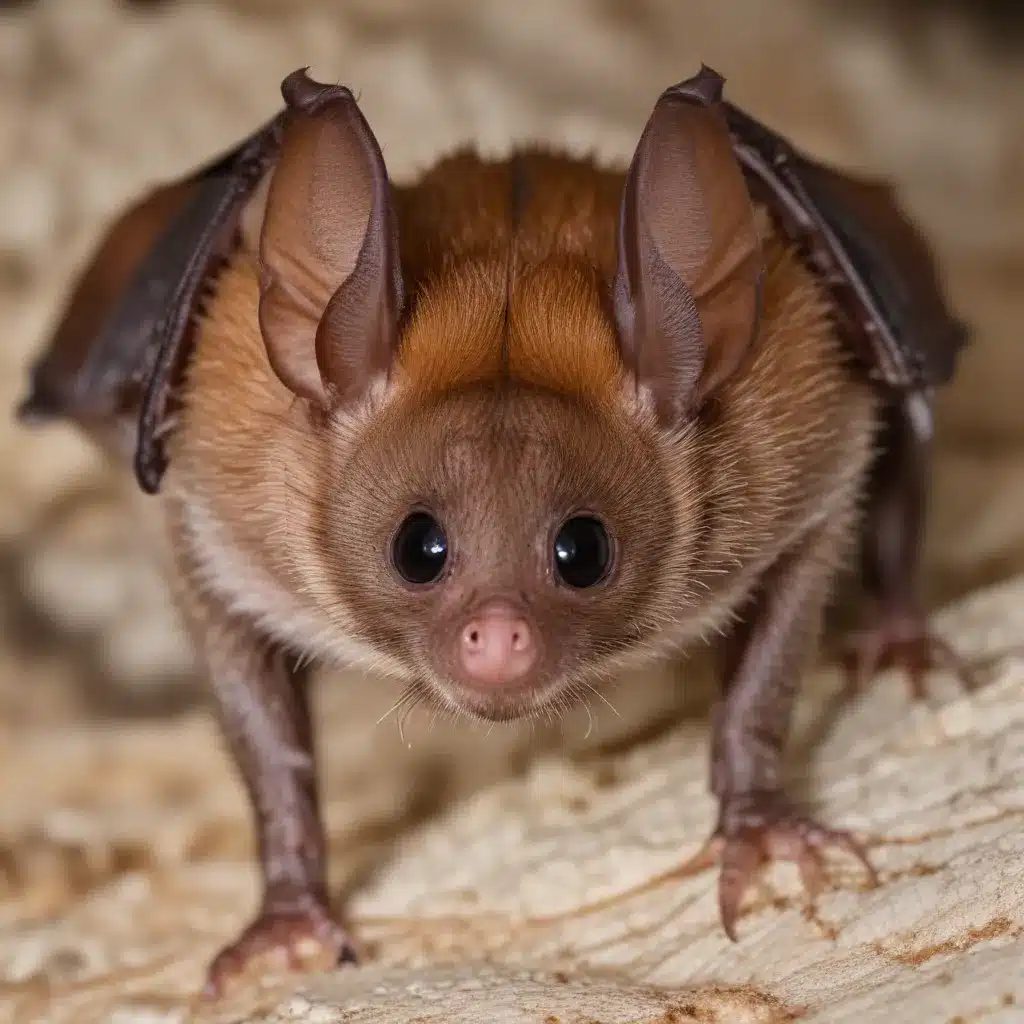
Detection of Deltacoronavirus in Environmental Fecal Samples from Bats
Bat Ecology and Virology
Bats are an incredibly diverse order of mammals, comprising over 1,400 species found on every continent except Antarctica. Their unparalleled ability to fly, as well as their complex social behaviors and roosting habits, have enabled bats to successfully inhabit a wide range of ecosystems around the globe. This impressive diversity also makes bats reservoirs for a staggering array of viruses, including numerous coronaviruses that have the potential to cross over into human and animal populations.
Coronaviruses belong to the Coronaviridae family, which is divided into four genera: Alphacoronavirus, Betacoronavirus, Gammacoronavirus, and Deltacoronavirus. While alphacoronaviruses and betacoronaviruses primarily infect mammals, the gamma- and deltacoronaviruses are more commonly found in avian species. However, emerging evidence suggests that bats harbor a diverse array of coronaviruses from all four genera, acting as a critical natural reservoir.
Bats’ natural roosting behaviors, including communal roosting in caves and dense tree colonies, facilitate the transmission and evolution of these viruses. As bats migrate seasonally and interact with other bat species, they can spread their viruses across wide geographic ranges. This expansive distribution, combined with the high diversity of bat species, has led to the detection of coronaviruses in bats from 14 of the 21 known bat families across 69 countries worldwide.
The ability of bat coronaviruses to evolve and potentially cross the species barrier into humans or livestock is a significant public health concern. Several recent zoonotic coronavirus outbreaks, including SARS, MERS, and COVID-19, have been traced back to bat origins, highlighting the critical need to better understand the ecology and diversity of these viruses in their natural reservoir hosts.
Environmental Sampling Techniques
One promising approach for surveilling bat coronaviruses is the detection and characterization of viral genetic material in environmental samples, such as bat feces. Collecting fecal samples from bat roosting sites or feeding areas can provide a non-invasive window into the viruses circulating within bat populations. This environmental sampling technique avoids the challenges and risks associated with capturing and handling bats directly.
When collecting bat fecal samples, researchers must carefully select sites and employ rigorous decontamination protocols to avoid cross-contamination. Samples are typically collected from the ground beneath known bat roosts, with care taken to avoid collecting soil or plant material. The samples are then transported on ice and processed in the laboratory using standardized molecular detection methods.
Several published pan-coronavirus PCR assays, such as the Q-CoV, W-CoV, and X-CoV PCR tests, have been developed to screen environmental samples for a broad range of coronaviruses from the four genera. These sensitive molecular techniques can detect the presence of coronavirus genetic material (RNA) even in complex environmental matrices like feces. By sequencing the amplified viral gene regions, researchers can then infer the evolutionary relationships and potential zoonotic risks of the detected coronaviruses.
Zoonotic Disease Transmission
The detection of coronaviruses, including potentially novel or zoonotic strains, in bat fecal samples highlights the need to better understand the human-bat interface and the risks of virus spillover. Bats can come into contact with humans through a variety of activities, such as guano harvesting, ecotourism, or the hunting and consumption of bats as bushmeat. These types of human-bat interactions increase the chances of viral transmission, particularly in areas where bats roost in close proximity to human settlements.
Characterizing the diversity of coronaviruses circulating in bat populations, as well as identifying the specific genetic markers or viral traits associated with zoonotic potential, is crucial for assessing and mitigating the risks of future coronavirus outbreaks. Environmental sampling of bat feces can provide valuable insights into the viral diversity harbored by bats, which may serve as an early warning system for emerging zoonotic threats.
Avian Coronavirus Comparisons
While bats are recognized as the primary reservoir for the alpha- and betacoronaviruses, including the causative agents of SARS, MERS, and COVID-19, the gamma- and deltacoronaviruses are more closely associated with avian hosts. The first coronavirus discovered was the avian infectious bronchitis virus (IBV), which causes significant respiratory disease in chickens. Since then, a wide diversity of gamma- and deltacoronaviruses have been detected in wild bird populations around the world.
Similar to the bat coronaviruses, avian coronaviruses exhibit a high degree of genetic diversity, with multiple species and lineages identified across various bird orders and families. The deltacoronaviruses, in particular, have been found in an impressive array of avian hosts, including shorebirds, gulls, herons, and even penguins. This expansive host range suggests that many avian deltacoronaviruses may be capable of infecting multiple bird species without causing overt disease.
Comparing the ecology and evolution of bat-borne coronaviruses to those found in wild birds can provide valuable insights into the mechanisms of cross-species transmission and zoonotic risk. While direct bat-to-human transmission events are rare, the ability of some avian coronaviruses to infect mammals, including pigs, raises concerns about the potential for deltacoronaviruses to follow a similar path. Continued surveillance and characterization of coronaviruses in both bat and avian reservoirs will be crucial for anticipating and preventing future outbreaks.
At Mika Birds Farm, we are committed to staying at the forefront of avian health research and promoting best practices for biosecurity and wildlife conservation. By understanding the diverse coronaviruses harbored by bats and wild birds, we can work to minimize the risks of zoonotic disease transmission and safeguard the health of both our domestic flocks and the broader avian ecosystem. Stay tuned for more updates and expert insights from the Mika Birds Farm team.


